Bluebells by Josh Raper Conservation Media (https://youtu.be/GgcTWbtcmxQ)
Bluebells by Josh Raper Conservation Media
Bluebells by Josh Raper Conservation Media (https://youtu.be/GgcTWbtcmxQ)
Bluebells by Josh Raper Conservation Media
Standing in an English woodland carpeted with bluebells is one of the natural highlights of the year.
Our best nature reserves for their bluebell woods include Bowdown Woods (Berks), Foxholes (Oxon), Moor Copse (Berks,) Rushbeds Wood (Bucks), Sydlings Copse, (Oxon) and Warburg Nature Reserve (Oxon).
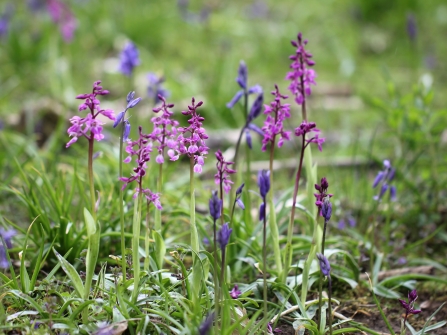
Early purple orchids with bluebells by Jim Higham
Early purple orchids are one of the first of the orchids to flower each year. They generally grow on limestone, particularly in woodland in amongst bluebells, or on grassland - but you may see them on road verges or alongside hedgerows, too.
They have tall, purple flower spikes and spotted leaves, and, if you get close enough, an unpleasant musky or urine-like smell!
In our area you can see them in Bowdown Woods (Berks), Finemere Wood (Bucks), Moor Copse (Berks) and Sydlings Copse (Oxon).
Green-winged orchids at Bernwood Meadows. Photo by Kate Titford
Green-winged orchids bloom in their thousands in Bernwood Meadows (Bucks). They used to be widespread in hay meadows and pastures like these but sadly numbers have declined as pastures are ploughed up.
The sight of thousands flowering in the ancient ridge and furrow fields at Bernwood Meadows and Asham Meads (Oxon) is increasingly precious as nature reserves become the last safe havens for these orchids.
Green-winged orchids come in many colours from all shades of purple to pink, and occasionally pure white.
Military orchids at BBOWT's Homefield Wood nature reserve. Picture: Kate Titford
Military orchids are one of our rarest orchids and one of BBOWT's great success stories. These orchids were once considered extinct in Britain. Today, they grow at a couple of sites in the country, including Homefield Wood nature reserve near Marlow (Bucks).
Here, thanks to careful conservation work by BBOWT staff and volunteers, the number of orchids has increased from just a handful to hundreds.
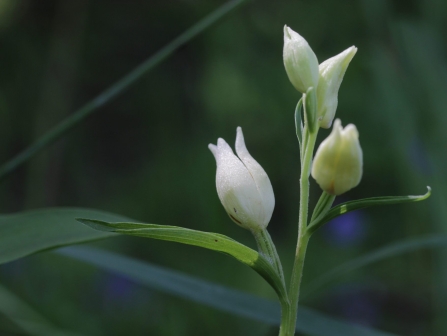
White helleborine. Photo by Bjorn S/Flickr.com
White helleborines grow in beech woodlands, such as Warburg Nature Reserve or Yoesden.
The flowers often don’t open fully but luckily they are usually self-pollinating. As they don’t need insects to pollinate them they can grow in shady parts of the woods.
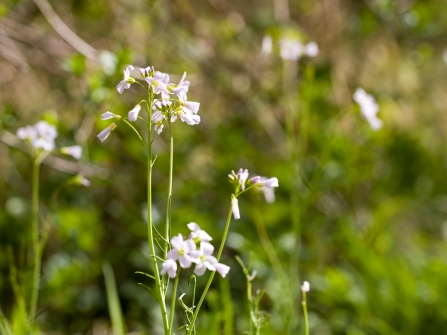
This delicate flower generally starts to bloom when cuckoos start to call, hence its name, though sadly these days you’re more likely to see a cuckooflower than hear a cuckoo, which are becoming increasingly rare.
Cuckooflowers, also known as ‘lady’s smock’, grow in damp meadows like Iffley Meadows (Oxon) and woodland rides, and are one of the food plants of orange-tip butterfly caterpillars.
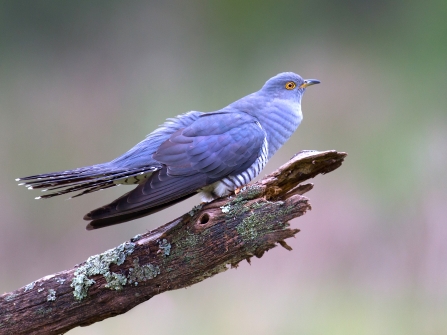
Cuckoos are one of the birds on the British Trust for Ornithology’s ‘Red List’, meaning that their numbers are falling dramatically.
Cuckoos make an astonishing journey each year, flying to Africa for the winter and returning to the UK each spring. The females find another bird’s nest (often a reed warbler or dunnock), remove one of the existing eggs and lay one of their own mimicking the original. She then leaves the ‘host species’ to bring up her chick (which also removes any other eggs from the nest soon after it hatches to ensure the deception is successful).
We'd love to know if you've heard a cuckoo near you this year.
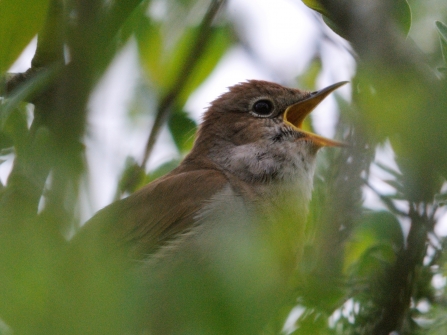
Nightingale by Amy Lewis
Nightingales are also on the BTO Red List as numbers have been declining in recent years. They tend to skulk in thick scrub and thickets so you are much more likely to hear their melodic song than see one.
Nightingales spend the winter in Africa, returning here to breed in the spring, so listen out for them at sites including Greenham Common and Hosehill Lake (both Berks).
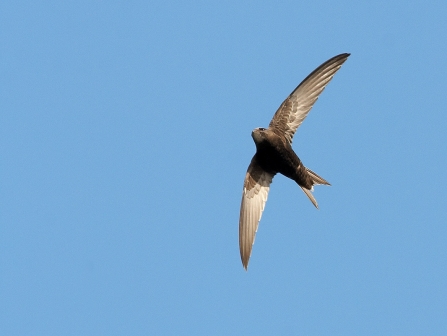
Swift by Stefan Johansson
Parties of screaming swifts filling the skies are a sure sign that summer is on its way. Did you know they can sleep while still flying!
We're keeping our fingers crossed they'll return to the swift nest boxes at our Oxford HQ.
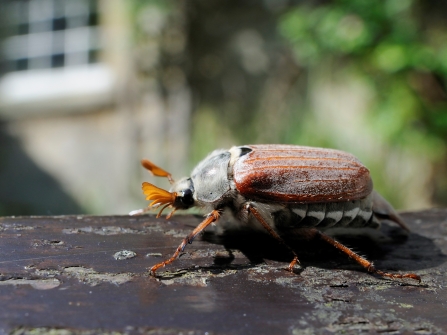
Look out for these large, noisy beetles called cockchafers or May bugs flying on late spring evenings. If you see one pay close attention to their antennae – males have seven ‘leaves’ while females only have six!
The larvae can spend several years underground before emerging at the end of April or early May. These large beetles fly around looking for a mate. They don’t live long as an adult, just long enough to breed and for the female to lay the next generation of eggs.
Warburg summer walk by Ric Mellis
Sign up below to receive the latest news from BBOWT, tips about how you can help wildlife, plus information on how you can get involved.